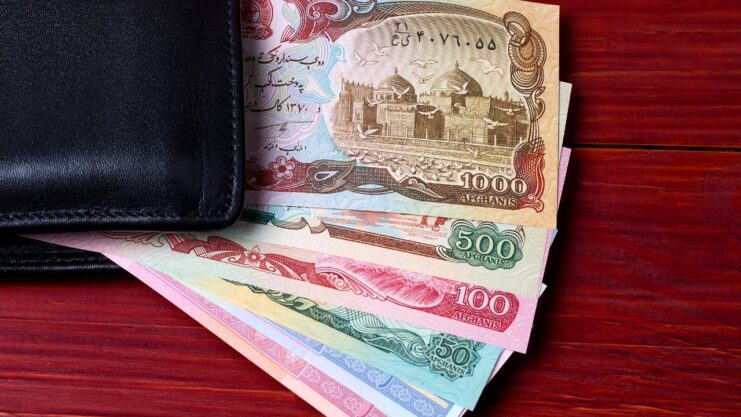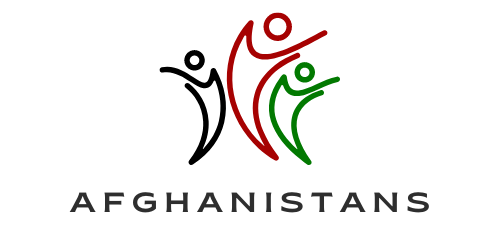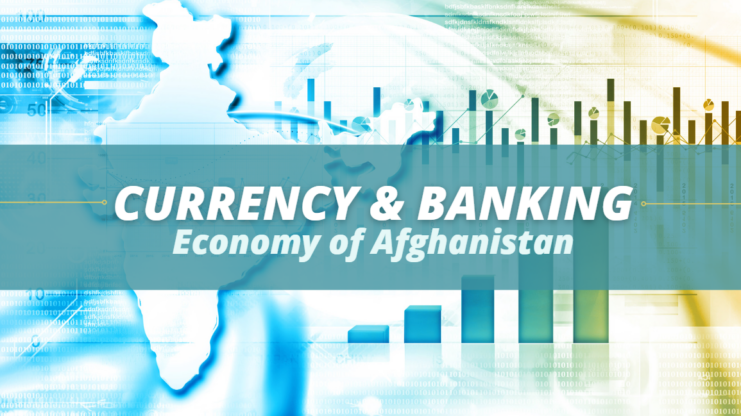The unit of currency in Afghanistan is the afghani, which is divided into 100 puls. Since 1981 the official rate of exchange has been fixed at 50 afghanis equal to U.S.$1. However, the actual market rate of the afghani has fluctuated, and in 1994 2400 afghanis equaled U.S.$1. Dramatic inflation (with rates of up to 57 percent), which has been taking place in Afghanistan since the Soviet invasion, contributed to the drastic decrease in the purchasing power of the afghani from 1981 to 1994.
Afghanistan’s central bank was founded in 1938 and is the largest bank in Afghanistan. The central bank issues all notes executes government loans, and lends money to cities and to other banks. All private banks in Afghanistan were nationalized in 1975, mostly because a lack of clear terms for borrowers and lenders had made it difficult for people to use the country’s credit resources.
No stock market or other modern form of economic development exists in Afghanistan. Instead, archaic “money bazaars” exist to provide money-lending and foreign exchange dealings. On Monday Oct 7, 2002 Afghanistans interim government marked the first anniversary of U.S. air strikes that brought it to power by issuing new banknotes, aimed at reasserting central control over a war-ravaged economy.

The new currency was announced by President Hamid Karzai on September 4, 2002, and was introduced to the market on October 8, 2002.[10] This monetary reform was well received by the public as it was a sign of security and stability, especially the country’s rebuilding effort. People also no longer had to carry many bags of money for ordinary things. It was the first time in many years that a sole currency was under the control of the central bank instead of warlords.
Most old banknotes were destroyed by the end of 2002. Prior to the reissue, there was more than 15 trillion afghani in circulation after unrestrained printing under Taliban rule and during wars and occupation. Da Afghanistan Bank has adopted a floating exchange rate regime and has let the exchange rate to be determined freely by market forces. The new afghani was valued at 43 afghani to the U.S. dollar.
After depreciating during the last quarter of 2003/04, the afghani has been appreciating steadily, gaining 8 percent against the U.S. dollar between end-March 2004 and end-July 2004. This appreciation, at a time of increasing inflation, appears to reflect a greater willingness by the population to use the afghani as a medium of exchange and as a store of value.
This trend appears to be attributable to the relative stability of the exchange rate since the introduction of the new currency, and administrative measures aimed at promoting its use, such as the requirement that shopkeepers must price goods in afghani. Donors are increasingly making payments in afghani instead of U.S. dollars and this appears to be widely accepted. By 2009, the afghani was valued at 45 AFN per USD.

